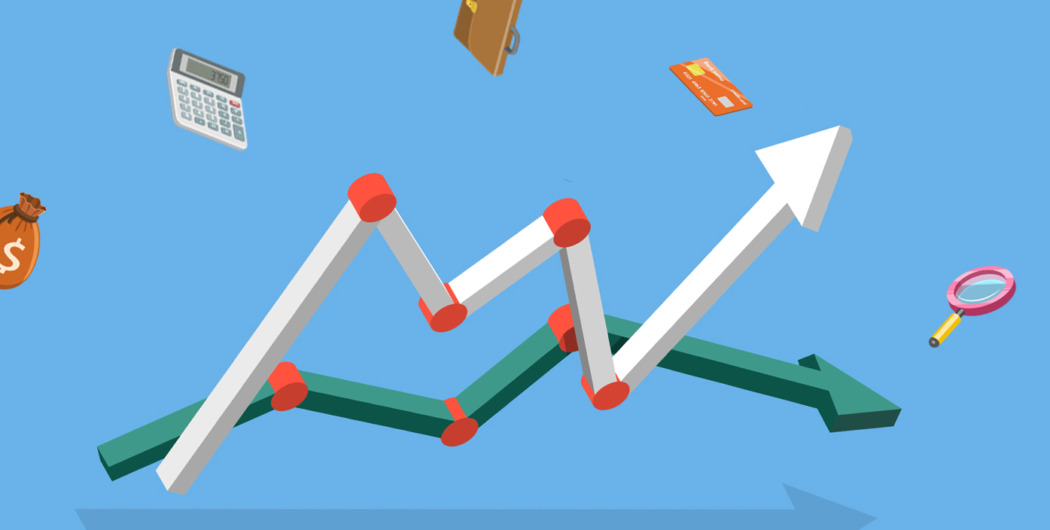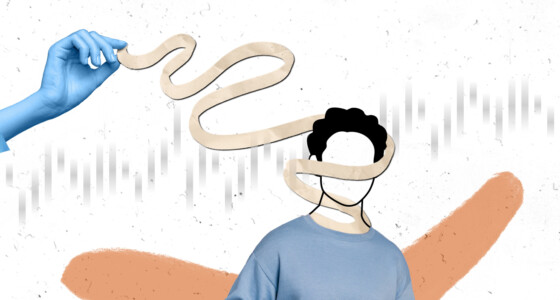

Taking a close look at the market trends, you will almost immediately realize it has a low barrier to entry. This makes it very accessible and flexible. Having a PC and a steady internet connection, backed by a few hundred dollars should set you up for trading.
However, having an easy-entry protocol doesn’t guarantee maximum success as a trader. Without any further ado, let us consider what makes a bad trader by looking at the 5 simple mistakes you should try to avoid as you continue in your trading adventure.
1. Trading after continuous loss – Not paying attention to statistics
One of the qualities of a bad trader is to keep trading while at a loss. There are two statistics for you to keep an eye on while day trading. They are your risk-reward and value-rate ratio.
Your risk-reward ratio on an average trade is determined by how much value you make and how much you lose. If, for example, the average value made from your trade is $100 and the value lost is $75, your risk-reward ratio will be:$100/$75 = 1.3
Having a risk-reward ratio of 1 or below implies losing on a high scale. Thus, it is essential to keep your balance above 1.
On the other hand, your value-rate ratio is calculated as the percentage of good trades. Scoring 70 works out of a hundred, for example, will give you a 70% value rate.
As a trader, you notice your risk-reward ratio is constantly falling below 1, and your value rate is nowhere near 50%; you should take a break and restrategize.
2. Trading without setting a stop loss
Every trader should incorporate the habit of having a stop loss on their trade. A stop-loss ejects you from the transaction once the price movement reaches a set amount against your prediction. Trading without a stop loss is like setting out without a navigational system to protect you from wandering in the wild.
Having a stop-loss order on every of your trades removes the scariest part out of the way. The stop-loss order does not prevent you from losing when your prediction goes wrong but ensures you do not lose more than you can bear.
3. Placing additional order to a losing trade
The practice of averaging down involves you adding to your position on the market when you notice the price is moving against you. A good number of traders do this in the hope that there will be a reversal in the trend.
It is in your best interest to know that adding to a losing trade may be a bad decision. Instead, set a stop loss to keep you from losing more than expected without having to risk more.

4. Risking it all
An essential part of trading is knowing how to manage your risk level. Ideally, on a single trade, a good trader should only take a risk that is less than 1% of their money. This implies that a stop-loss order should close the trade once the loss hits 1% of the money.
However, some traders prefer to risk more than they can bear, resulting in an exponential loss. Another aspect is having a set amount of losing percentage for the week. Say you decide to stop trading for the week once the losing rate reaches 3%; you can properly manage your capital.
5. Attempting to get everything back – Going all out
Going all out to recoup lost trades is unique among the qualities of a bad trader. A proper risk management strategy alone does not save you from becoming a lousy trader. Times will come as a trader when you are tempted to trade more extensively than you would on a good day.
You must understand that trading involves strategy and you have to be dynamic. Ensure you do not place a trade with the mindset of getting back all that you have lost; otherwise, you may lose everything.
A final note
Now you fully understand what makes a bad trader, and we hope that this guide has succeeded in pointing you to the right direction to avoid simple mistakes that may not be helpful to you as a trader.
With that said, do not forget to be calm and avoid the mistakes, highlighted above.
Ensure you get your statistics right before plunging ahead for another week’s trade. Also make sure that you set in place a proper structure to accommodate your trade.








